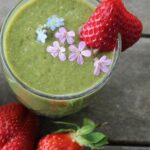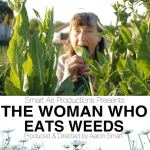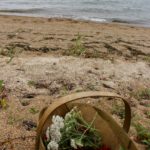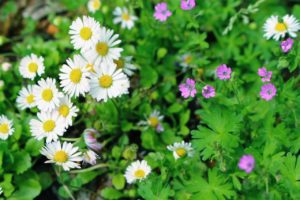
Daisies and Dove’s food geranium flowers. Beautiful wild flowers flourishing in spring.
Spring heralds the start of a new growing season, a fresh start
with plants waking up and producing colourful flowers or soft new leaves that renew our sense of wonder. Inspired to offer something a little different and fresh I’m going to share some poetry. I’m noticing that there is an upsurge in people wanting to know about edible weeds and I sense this comes for some from a desire to reconnect with the wilder, freer side of ourselves. Nicolette Sowder has expressed this in the following:
May we raise children who love the unloved things –
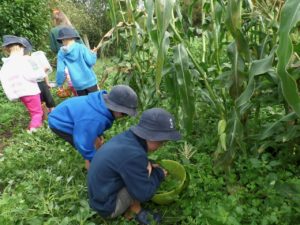
Children looking for wild plants
the dandelion, the worms and spiderlings.
Children who sense the rose needs the thorn
and run into rain swept days the same way they turn towards the sun…..
And when they’re grown and someone has to speak for those
who have no voice may they draw upon that wilder bond,
those days of tending tender things and be the ones.
Wild plants have been included in literature for a long time – Shakespeare mentioned hundreds of species in his plays of the 16th Century and Gerard Manley Hopkins 1844-1889 wrote this poem:
What would the world be once bereft, of wet and wildness?
Let them be left, Let them be left, wildness and wet.
Long live the weeds of the wilderness yet.
William Blake 1757-1827 refers to wildflowers in this well-known poem:
To see the world in a grain of sand
and heaven in a wildflower,
hold infinity in the palm of your hand
and eternity in an hour.
I tell workshop participants that nature doesn’t know the difference between a ‘weed’ and a garden plant
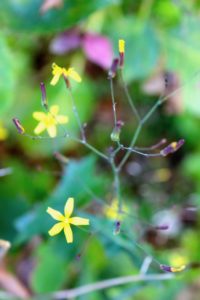
Beauty of wall lettuce seed heads and flowers
and the only difference is a judgment. If we suspend judgment we can find beauty in plants considered weeds.
Nga Tai Joo writes:
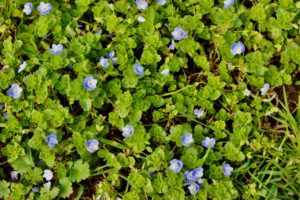
Speedwell has tiny blue flowers that if you look at closely are very pretty like a little face.
You have to look closely to see that it is pretty
You have to look for a long time to see that it is lovely
Weeds are incredibly resilient survivors, growing in cracks, in hard compact soil and other inhospitable places. These qualities inspired the following:
I hope you are blessed with the heart like a wildflower
Strong enough to rise again after being trampled upon,
Tough enough to weather the worst of the summer storms,
And able to grow and flourish even in the most broken places. Nikita Gill
I read the following poem at my workshops. It’s written by James F. Neil M.D. from “The New Zealand Family Herb Doctor: A book on the Botanic Eclectic System of Medicine from 1889.
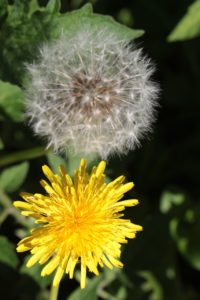
Dandelion flower and seedhead
Dandelion
There is a flower that decks the plain,
And fills our hearts with pleasure;
The dandelion is its name, we hold it as a treasure.
This useful plant with jagged leaves
And pretty yellow flower, is famous as a medicine that gives the liver power;
To properly prepare the blood, and regulate the bile,
assist digestion, and induce the pleasant healthful smile
The Doctors may be skeptical of any virtue in it, yet many who have tried it
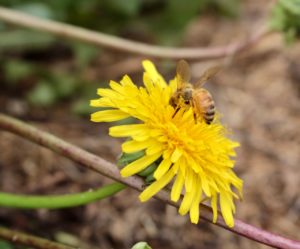
Bee on a dandelion
well
can praise it any minute.
Not only as a medicine, but also as a food,
the root made into coffee most certainly is good;
And if you’re ill and want a pill you surely can rely on;
Don’t take the old imported ones, but try the dandelion.
Till next tie
